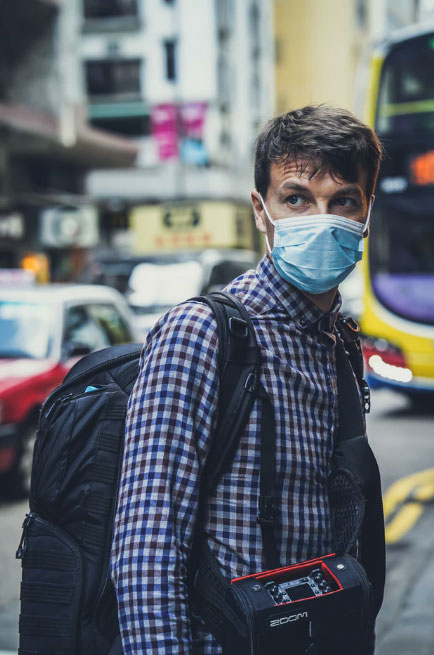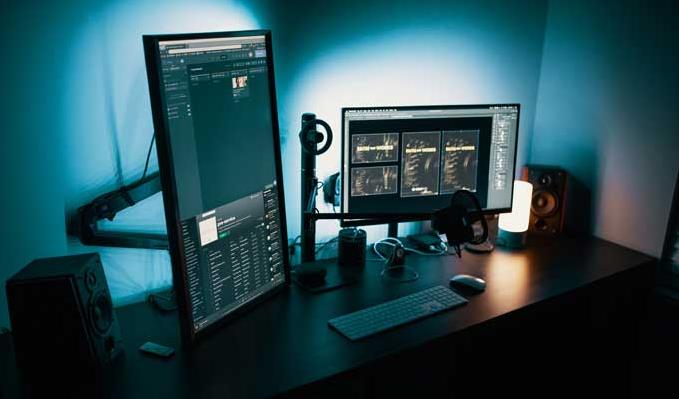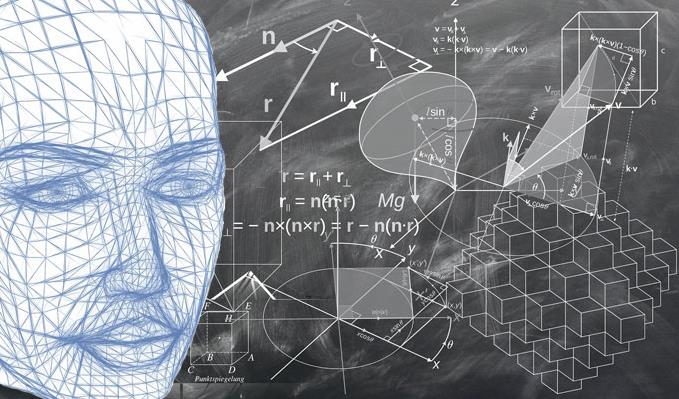
All over the news, there is no avoiding the current epidemic that is Coronavirus. Growing and spreading faster than we are able to contain it, the ability to prevent and treat this new strain of virus is paramount more so than ever.
With the cure for prevention and treatment a distant creation not yet formulated and devised within scientist labs around the world, the need to delay the spread has been highlighted.
The scientific name for Coronavirus being COVID-19, this international virus that started in the Central city of Wuhan in the province of Hubei has spread to all corners of the world. From China, to the Northern regions of Italy to the Nordic island of Iceland, there is no escaping the worrying fear that is Coronavirus.
This has been recently highlighted in the panic buying of toilet rolls, dried pasta and the need for hand hand sanitisers in gyms .
With our understanding of this strain of virus not yet fully clear, the ability to predict a further outbreak is vital. Within this blog, we aim to discover how AI, Artificial Intelligence can be used to help predict, but also be used as a coronavirus prevention.
Ever growing and expanding, our ability and the use of AI is continually changing. By taking the time to advance our use of AI, we can create a form of technology that can be used to help harness and reign in control in this unsure and worrying time.
What is Artificial Intelligence?
Before we take the time to discuss how AI can be used towards a coronavirus prediction, first let us look at what AI is and the power that is artificial intelligence. Artificial Intelligence , also known as AI for short, is a revolutionary form of technology and computer science. One of the biggest draws and benefits to artificial intelligence and that is the ability to train and teach AI to think, analyse while replicating human reactions.
Through the development of smart machines that are able to think, these smart machines are able to conduct tasks typically conducted by humans. A quicker, accurate and effortless way to generate intelligence and review data on mass, the creation of AI has helped lead the way in promoting technology across all different sectors.
With its limitations so far endless, how can Artificial Intelligence be altered and tweaked to help prevent and predict the next Coronavirus outreach? Keep reading to discover how.
How can AI be used to help anticipate future coronavirus predictions?
With the ability to program and train software to look for variants within large quantities of data, the need to quickly analyse such data is required when discovering a potential coronavirus outbreak.
A race to the finish line by technology companies looking to harness the power of AI, whether it is the Canadian company BlueDot, Hong Kong startup Insilico Medicine to a research team at Flinders University in South Australia, finding a use for AI is a priority for many companies.
When previously analyzing the location of a potential outbreak , traditional disease outreach would look at the location, the number of cases and the time, what, where and when to forecast the likelihood of the disease spreading.
A manual and time consuming task that would include a large team, the addition of AI can conduct this task much more effortlessly.
In the circumstances of COVID-19, artificial intelligence can review animal and tracking data, flight data to discover passengers that flew into and out of Wuhan airport. AI can also scan messages on social media to help create a map of locations where potentially infected people have flown to and the locations that they have visited when travelling. All helping to create and build a detailed picture of the potential spread of Coronavirus.
Not just about to create an idea of the future infected zone created by Coronavirus, the ability of AI is also able to create an understanding of how this virus has spread and the precautions that the public should take to avoid getting infected.

AI helping to make sense of unstructured data
Through recent developments in AI, as seen in Canadian firm BlueDot, their data analyzing system can make sense of unstructured data for the benefit of the public's health.
Unstructured data can be defined as a form of information that comes in a variety of different forms. With no conventional model that can be easily applied to all information, unstructured data can be difficult and a challenge to analyse on a large scale, even with the addition of IT systems and machine learning.
Thanks to the latest discoveries conducted by BlueDot, AI can run unstructured data through neural networks, which consists of thousands of small processors that function very similarly to that of a brain. Through a selection of different layers and the data being run through each of the layers separately, this can help create an AI system that can learn, remember and identify the data that it is being given.
With the training and development of the artificial intelligence only as good as the data that is used to train it, the data that is used is critical. By incorporating and using a large range of data from multiple sources, this can create a system that is superior and effective in its task.
When training the artificial intelligence system behind BlueDot, the system was trained using natural language processing and machine learning to help track over 100 different infectious diseases within over 100,00 articles in 65 different languages every day. Allowing the company to keep a tab on the presence, developments, but also the spread of any disease.
By being able to analyse this data, the BlueDot system can review traveler information and completed flight paths for a clearer insight into the spread of the disease. With the main aim behind the technology to discover and send information as quickly as possible to the relevant health care in the infected location, while helping to treat and isolate the spread within its early stages.
The success of BlueDot and its ability to highlight a potential spread of diseases can be seen back in 2016 when the technology was able to predict the arrival of Zika in Florida a whole six months before it arrived.
AI and the development of a Coronavirus treatment
The role of AI can be more than just finding and highlighting the next location of a coronavirus outbreak. This ever expanding and learning system can also be used to find a cure for this growing epidemic. Able to be used to help assist with the development of new drugs in an attempt to cure this growing virus .
The use of an AI program can help teach the software which sets of compounds to be on the lookout for that can help to activate and support the human immune system. This can minimize the time that is spent and ensure that a drug is created swiftly to be dispatched for use across the entire globe.
This quick trial and error process for finding a cure for coronavirus can help to create a drug that is personalized to different immune systems for maximum success.
A highly effective method, this way of creating and testing future treatments can be seen in the creation of a flu treatment and can be doctored to be used for treating the growing number of cases of Coronavirus.
Conclusion
A valuable and essential tool, the use of artificial intelligence when harnessed correctly, can help predict, deter and prevent the additional spread of Coronavirus across the globe.
Created and developed through the use of high quality data, the addition of this machine learning technology can be to quickly predict and track where future, new cases will spring up.
Developing over time, technology can review flight data, social media accounts and newspapers in a large selection of languages to create an ever updating picture on the true developments and growing cases of people with Coronavirus.
No longer a virus affecting just China, this virus has Europe on lock down and the healthcare systems across the world struggling and stretched.
With the future and an understanding of COVID-19 still not fully understood, making sure that we harness the true potential of AI, can give us a fighting chance to help to contain the virus before it spreads even further.
An ability to track, but also able to assist in creating a drug to help treat hospitalized patients and protect those prospective patients with previous health issues that are otherwise placed into an at risk category.
Although unable to replace the need for traditional research teams who are required to manually inspect the data results, AI can help aid within their role. By completing all the legwork quickly to the same reliable standard, workers and those within the research team can review, analyse and check the results before quickly informing the required authorities in countries that are about to be affected.
A useful addition and a secret weapon, to help predict any future coronavirus outbreak, our faith in computer learning needs to be given and expanded for a chance at controlling this developing crisis.
Author Bio

Charlotte Johnson is from the sunny south of England and is an experienced copywriter and trained journalist specializing in artificial intelligence and its role within the healthcare industry. From how AI can be used to predict the future locations of a COVID-19 outbreak to the need for use hand sanitizers in gyms and practice a new level of cleanliness.
Quotes
With no conventional model that can be easily applied to all information, unstructured data can be difficult and a challenge to analyse on a large scale
BlueDot system can review traveler information and completed flight paths for a clearer insight into the spread of the disease
Benefits to artificial intelligence and that is the ability to train and teach AI to think, analyse while replicating human reactions.
Coronavirus Image credit: ALFRED PASIEKA/SCIENCE PHOTO LIBRARY













Leave a Comment
comments powered by Disqus